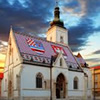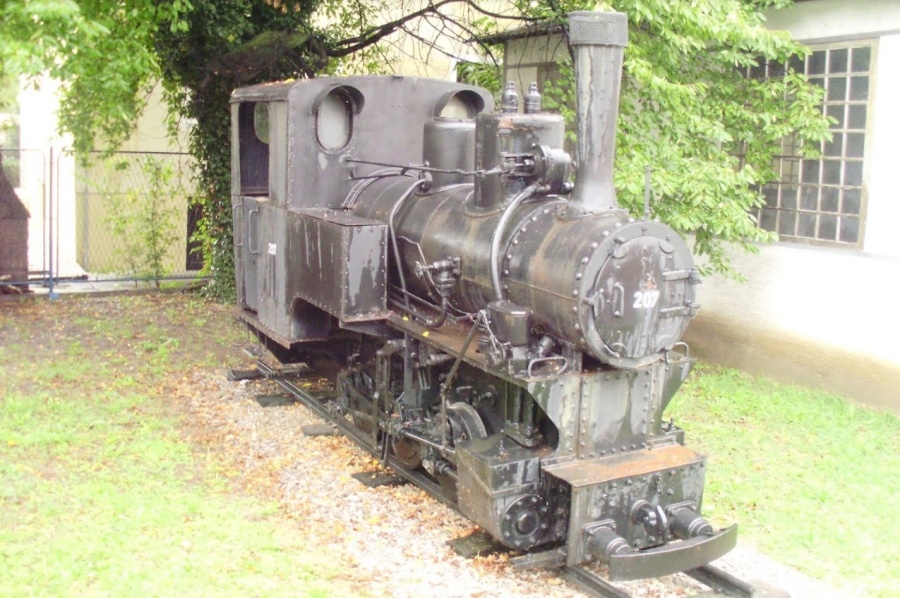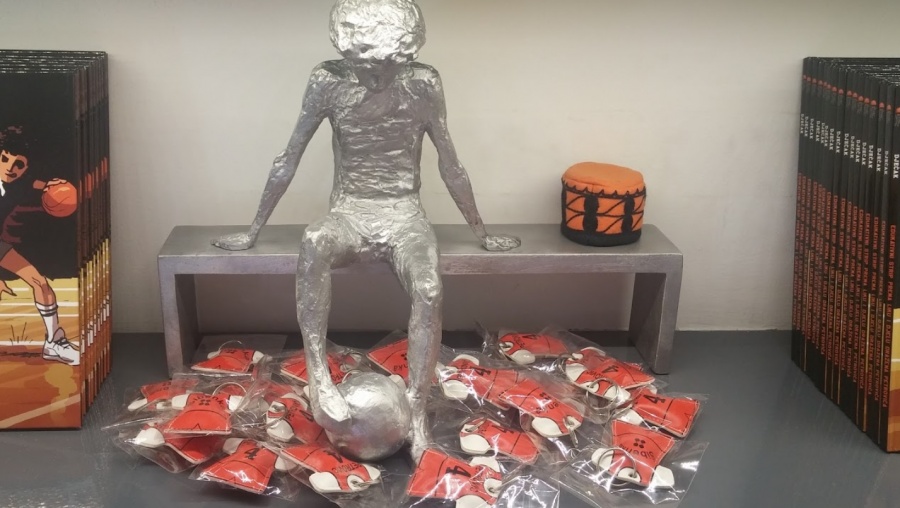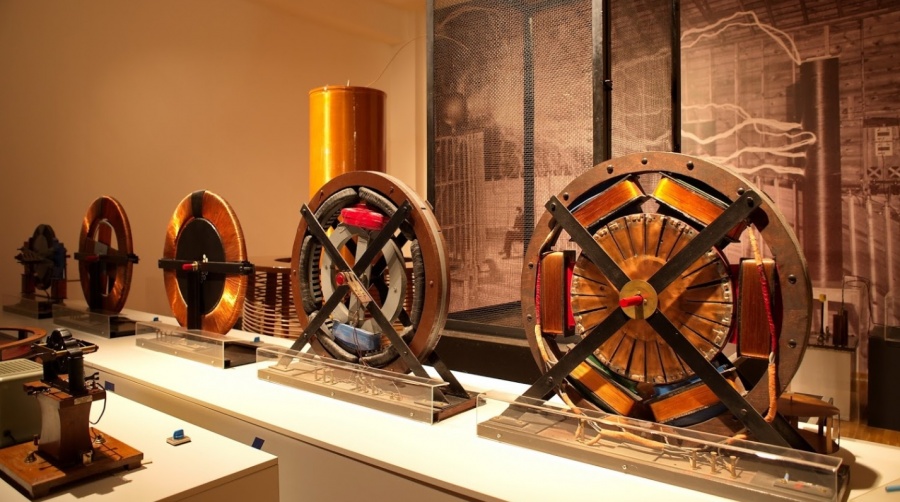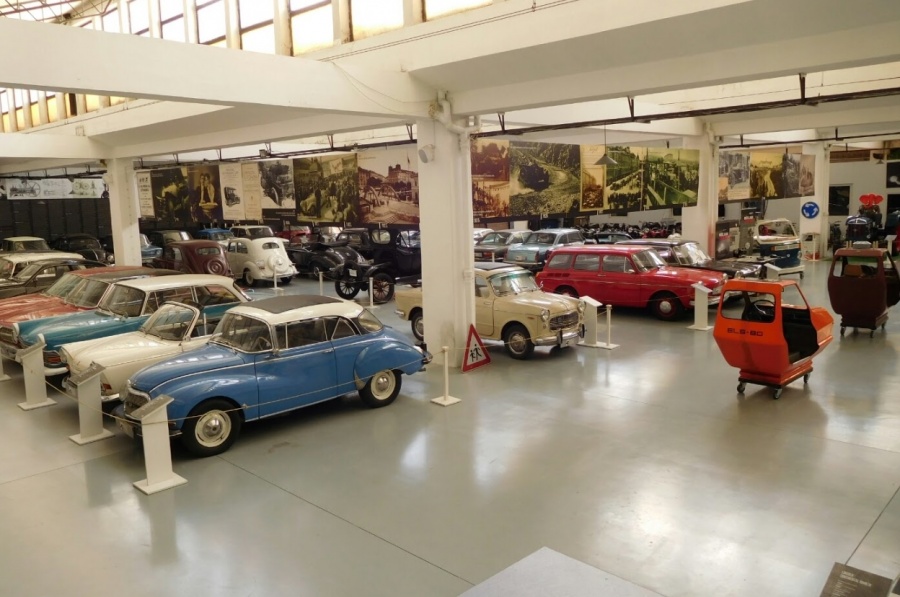The Zagreb City Museum was founded in 1907 by a decision of the City Council. Today, the Museum is a general cultural and historical institution that systematically deals with the collection and processing of objects from the city's past.
The Association of the "Brothers of the Croatian Dragon" was most responsible for the establishment of the museum. The museum is housed in the renovated monumental complex of the former Clarice Monastery dating from 1650. It is located in Zagreb's Upper Town. The museum deals with various topics (culture, art, economics and politics) with an emphasis on links with the City itself. History is traced back to Roman finds until modern times. Today's museum holdings consist of as many as 75,000 items, which are organized into collections.
In 1997, the Museum only opened its sixth permanent exhibition, exhibiting for the first time in a renovated and appropriate space.
The permanent exhibition is conceived on the basis of objects that the Museum possesses. The objects relate to their former timeframe, thus emphasizing a modern approach while creating and visualizing social developments in the city. By combining a chronological and thematic approach, and applying contemporary museographic and technological principles, the museum has become accessible to today's (modern) visitors.
The permanent exhibition of the Museum portrays the city in all its aspects. The premises can see the political, ecclesiastical, historical and economic history of Zagreb. The variety of themes and exhibits gives a special charm to the Museum. The specially designed exhibitions, which are arranged with a special thematic sequence, introduce visitors to the interesting things of the rich life of Zagreb.
The peculiarity of some of the themes is designed to show the image of the city, which historically documents characteristic themes and events that show how the city has evolved.
Zagreb at the Museum:
The museum holdings show in detail the development and role of the city in the past:
We can single out some interesting things, such as the legend of the origin of the name Zagreb, illustrated by the crown of wells from the Zagreb source.
Life in medieval Gradec, and special city occupations from that period.
Portal of the old Zagreb Cathedral, which is still a recognizable symbol of the church city today.
Church of St. A brand that speaks of the rich Baroque atmosphere of its former interior and its connection with the guild life of the craftsman Gradec.
Guild insignia (objects such as flags, chests, tables, children's papers and documents) that characterize the life of Gradec and Kaptol from the 17th to the 19th centuries.
The first floor of the museum shows details of the Clare and their monastery. The model shows the situation from the mid-17th century, that is, it presents the entire architectural and urban complex (the monastery of the Poor Clare, the Popov Tower, the granary and the Nova, later called the Opatija Gate). In the same place are exhibited and rich finds found at the foot of the monastery during archaeological excavations. They talk about the culture of life and housing of Our Lady of Saint Clare.
At the Museum, the life of the greats of yesteryear has been carefully reconstructed, on the example of the famous Oršić and Rauch families. If you visit the Museum, you will see what commercial life in the suburban city looked like at the turn of the 18th to the 19th century. You can see details from the time of the Croatian National Revival in Zagreb.
The museum boasts reconstructed shops in Ilica, and a specially designed atmosphere of everyday life from that time.
And the rich theatrical life of the city is cultivated on the premises of the museum. You can see objects related to the prolific artistic work of the opera primadonka Milka Trnina. For those who do not know it, at the turn of the century it represented Croatia in the world, from Bayreuth and Munich, all the way to London and New York.
The abrupt urban development of Zagreb is evidenced by monuments from the Jurjevsko burial ground and some other interesting communal discoveries from the 19th century.
The museum exhibits the invention of Zagreb's Slavoljub Penkala. Already by surname you can conclude that he gained worldwide fame by patenting the first mechanical pen in 1906. Under this name (pencils) a mechanical pen is still in use today.
Collections donated to the City of Zagreb:
Study room of the Croatian composer Ivan noble Zajc
One part of the workroom of Senator and writer Augusto Senoa
The rich artistic legacy of the most important German actress Tille Durieux (who found refuge in Zagreb by escaping from Hitler)
Girl with a bird by Marc Chagall
A rich collection of mechanical music vending machines by watchmaker and collector Ivan Gerersdorfer
Collection of old packaging by Dr. Ante Rodin
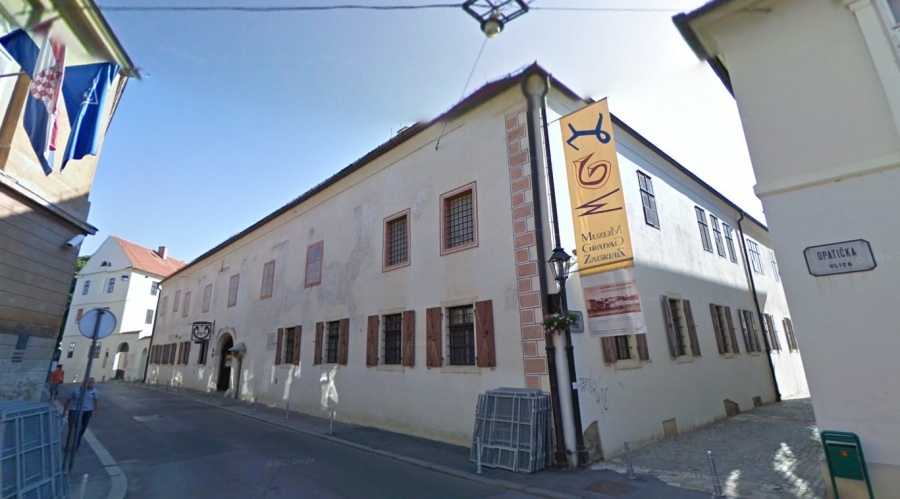
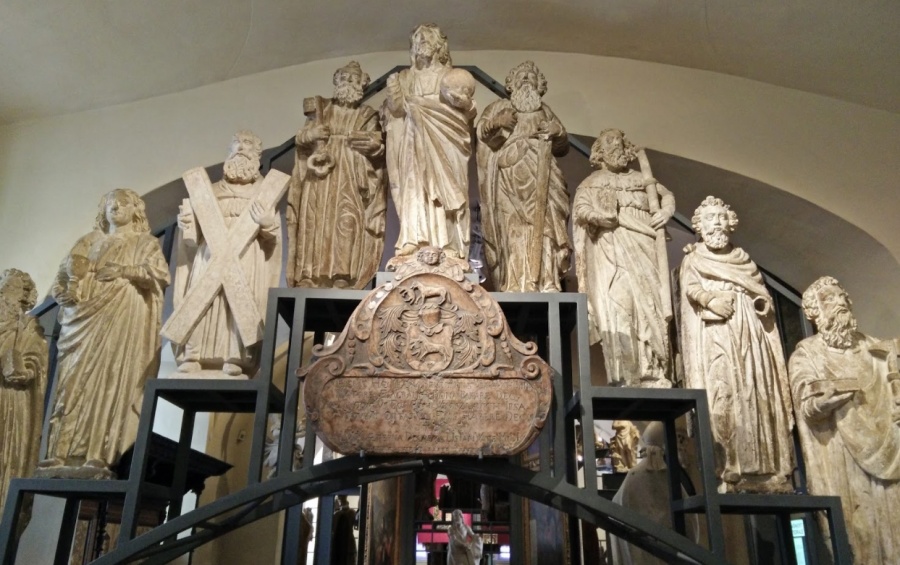
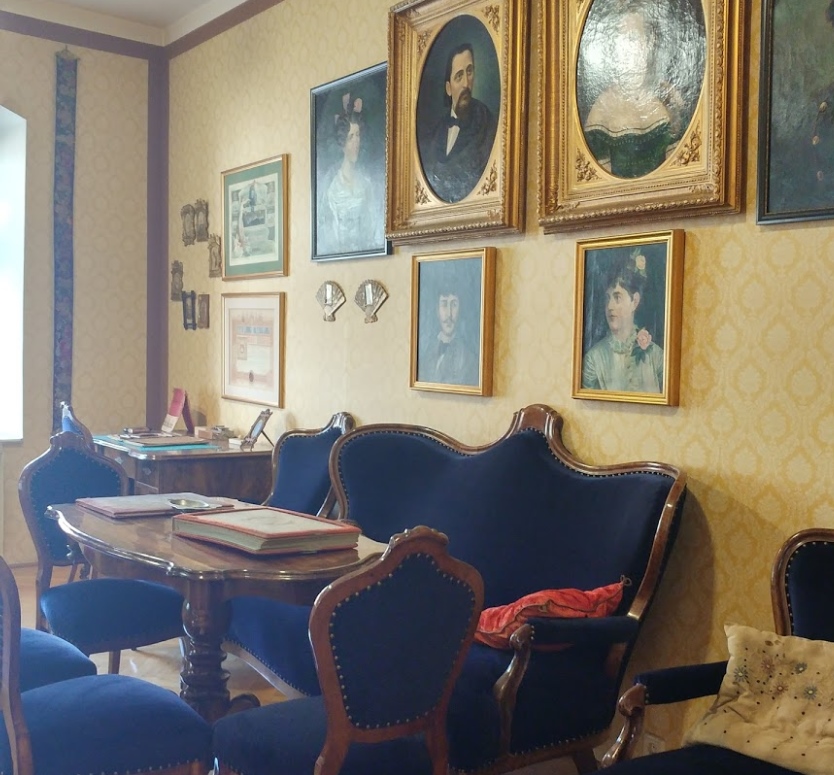
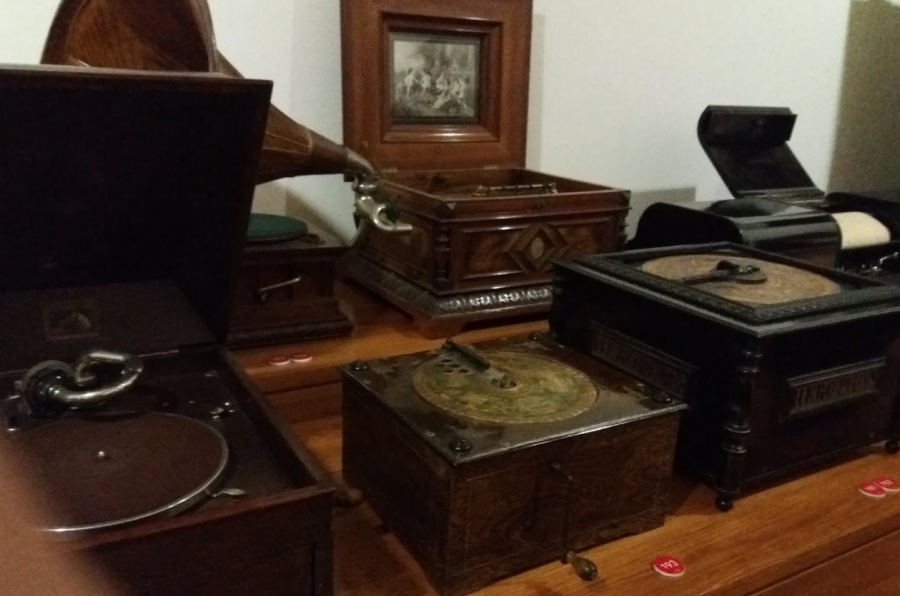
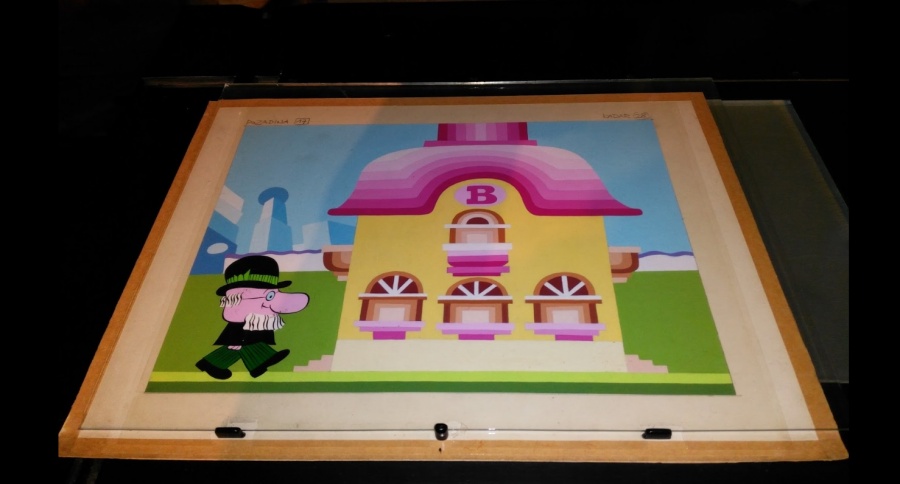
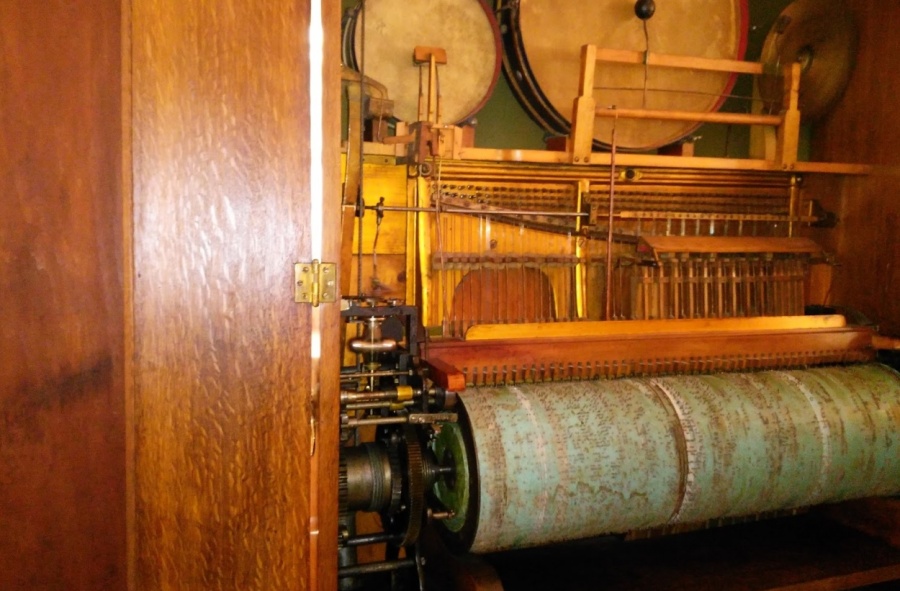
The Association of the "Brothers of the Croatian Dragon" was most responsible for the establishment of the museum. The museum is housed in the renovated monumental complex of the former Clarice Monastery dating from 1650. It is located in Zagreb's Upper Town. The museum deals with various topics (culture, art, economics and politics) with an emphasis on links with the City itself. History is traced back to Roman finds until modern times. Today's museum holdings consist of as many as 75,000 items, which are organized into collections.
In 1997, the Museum only opened its sixth permanent exhibition, exhibiting for the first time in a renovated and appropriate space.
The permanent exhibition is conceived on the basis of objects that the Museum possesses. The objects relate to their former timeframe, thus emphasizing a modern approach while creating and visualizing social developments in the city. By combining a chronological and thematic approach, and applying contemporary museographic and technological principles, the museum has become accessible to today's (modern) visitors.
The permanent exhibition of the Museum portrays the city in all its aspects. The premises can see the political, ecclesiastical, historical and economic history of Zagreb. The variety of themes and exhibits gives a special charm to the Museum. The specially designed exhibitions, which are arranged with a special thematic sequence, introduce visitors to the interesting things of the rich life of Zagreb.
The peculiarity of some of the themes is designed to show the image of the city, which historically documents characteristic themes and events that show how the city has evolved.
Zagreb at the Museum:
The museum holdings show in detail the development and role of the city in the past:
We can single out some interesting things, such as the legend of the origin of the name Zagreb, illustrated by the crown of wells from the Zagreb source.
Life in medieval Gradec, and special city occupations from that period.
Portal of the old Zagreb Cathedral, which is still a recognizable symbol of the church city today.
Church of St. A brand that speaks of the rich Baroque atmosphere of its former interior and its connection with the guild life of the craftsman Gradec.
Guild insignia (objects such as flags, chests, tables, children's papers and documents) that characterize the life of Gradec and Kaptol from the 17th to the 19th centuries.
The first floor of the museum shows details of the Clare and their monastery. The model shows the situation from the mid-17th century, that is, it presents the entire architectural and urban complex (the monastery of the Poor Clare, the Popov Tower, the granary and the Nova, later called the Opatija Gate). In the same place are exhibited and rich finds found at the foot of the monastery during archaeological excavations. They talk about the culture of life and housing of Our Lady of Saint Clare.
At the Museum, the life of the greats of yesteryear has been carefully reconstructed, on the example of the famous Oršić and Rauch families. If you visit the Museum, you will see what commercial life in the suburban city looked like at the turn of the 18th to the 19th century. You can see details from the time of the Croatian National Revival in Zagreb.
The museum boasts reconstructed shops in Ilica, and a specially designed atmosphere of everyday life from that time.
And the rich theatrical life of the city is cultivated on the premises of the museum. You can see objects related to the prolific artistic work of the opera primadonka Milka Trnina. For those who do not know it, at the turn of the century it represented Croatia in the world, from Bayreuth and Munich, all the way to London and New York.
The abrupt urban development of Zagreb is evidenced by monuments from the Jurjevsko burial ground and some other interesting communal discoveries from the 19th century.
The museum exhibits the invention of Zagreb's Slavoljub Penkala. Already by surname you can conclude that he gained worldwide fame by patenting the first mechanical pen in 1906. Under this name (pencils) a mechanical pen is still in use today.
Collections donated to the City of Zagreb:
Study room of the Croatian composer Ivan noble Zajc
One part of the workroom of Senator and writer Augusto Senoa
The rich artistic legacy of the most important German actress Tille Durieux (who found refuge in Zagreb by escaping from Hitler)
Girl with a bird by Marc Chagall
A rich collection of mechanical music vending machines by watchmaker and collector Ivan Gerersdorfer
Collection of old packaging by Dr. Ante Rodin
Privatni smještaj direktno od vlasnika na www.SMJESTAJ.com.hr/trazi






Prati nas na facebooku za više članaka o Hrvatskoj. Podijeli ovaj članak klikom na gumbe desno. Hvala
Upgrade this article
Bio si na ovom mjestu? Podijeli s nama svoja iskustva ili fotografije.
Napiši svoju verziju članka. Nagrađujemo vlasnike apartmana.













